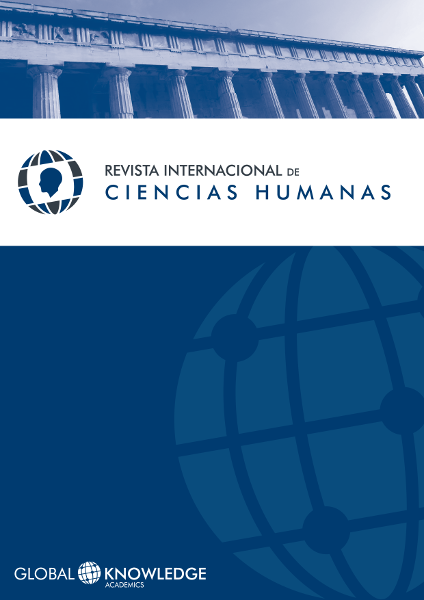Digital Education Teachers for the XXI Century
DOI:
https://doi.org/10.37467/gka-revhuman.v5.420Keywords:
Carballo, Emmanuel, Critics, Literature, Humanism, Humanist, Critical, Practical, Discourse, Name, Mexican, MéxicoAbstract
Professor in the last two decades has tried to meet the demands of educational institutions: acquire digital skills that enable them to achieve an "optimal" level of knowledge in the use of computer technology resources and incorporate these resources into their classroom activities. However, you still cannot find the formula for teachers to change teaching model (transceiver) in force in schools and in the classroom. However, although the activities that are realized in the classroom are enclosed in an apparent black box, in this paper there appear techno-pedagogical models that have implemented of higher education teachers in the classroom and that proposes a new role of the teacher is present, the teacher innovative. A teacher who combines curriculum content, teaching, attitudes, digital skills, and learning styles to innovate in their teaching method and realizes his teaching ability, knowledge and professional training as well as a digital culture that goes beyond know how to use digital devices and joint human and technological knowledge in techno-pedagogical to build new learning environments and teaching models.
References
Carrasco, I., Castaño, S. (2008). El Emprendedor Schumpeteriano y el contexto social. Revista ICE, (845), 121-134.
De Pablos, J., Area, M., Valverde, J. y Correa, J. M. (2010). Políticas educativas y buenas prácticas con TIC. Revista REDU, 10(1). Recuperado el 7 julio 2014 de: http://dialnet.unirioja.es/servlet/articulo?codigo=4020605
Escribano, A. (2004). Aprender a Enseñar. Fundamentos de Didáctica General. España: Universidad de Catilla-La Mancha.
Escudero, J. M. (1981). Modelos didácticos. Planificación sistemática y autogestión educativa. Oikos-Tausa.
Fullan, M. y Stiegelbauer, S. (1991). The New Meaning of Educational Change. Londres, Reino Unido: Casell.
Gimeno, S. J. y Pérez, G. A. I. (1995). Comprender y transformar la enseñanza. España: Morata
Joyce & Weill. (2000). Models of Teaching. Estados Unidos: Pearson.
Mata, M. (2013). Modelos, métodos y estrategias. Facultad de Filosofía y Letras. UNAM
Sunkel, G., Trucco, D. y Möller, S. (2011). “Aprender y enseñar con las tecnologías de la información y las comunicaciones en América Latina: potenciales beneficios”. Serie de Políticas Sociales N°169: Recuperado el 25 de mayo de 2015 de: http://www.cepal.org/publicaciones/xml/9/42669/sps-169-tics-aprendizajes.pdf.
Titone, R. (1981). Diccionario de las ciencias de la Educación (p. 530). México: Santillana.
UNESCO (2011). UNESCO ICT. Competency framework for teachers. París, Francia: UNESCO. Recuperado el 3 de marzo de 2013 de: http://unesdoc.unesco.org/images/0021/002134/213475e.pdf.
Vasco, C. E. (2006). Estándares básicos de competencias en Lenguaje, Matemáticas, Ciencias y Ciudadanas. Guía sobre lo que los estudiantes deben saber y saber hacer con lo que aprenden. Colombia: Ministerio de Educación Nacional.
Downloads
Published
How to Cite
Issue
Section
License
Those authors who publish in this journal accept the following terms:
- Authors will keep the moral right of the work and they will transfer the commercial rights.
- After 1 year from publication, the work shall thereafter be open access online on our website, but will retain copyright.
- In the event that the authors wish to assign an Creative Commons (CC) license, they may request it by writing to publishing@eagora.org









